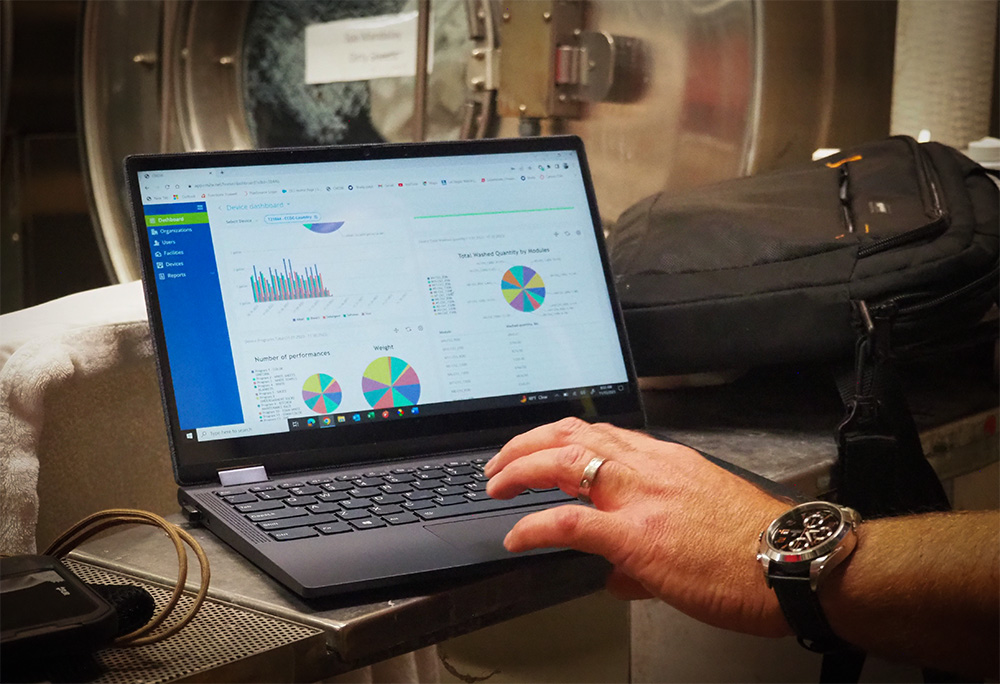From Data Chaos to Operational Clarity: How Industrial Analytics Drive Real Results
Industrial companies are inundated with data—sensor readings, system logs, ERP outputs, and quality checks. But simply having data isn’t enough, especially in precision-critical operations like fluid dispensing, where minor inefficiencies can quickly escalate into significant production, quality, and cost issues.

From Data Chaos to Operational Clarity: How Industrial Analytics Drives Real Results
Industrial companies are inundated with data—sensor readings, system logs, ERP outputs, and quality checks. But simply having data isn’t enough, especially in precision-critical operations like fluid dispensing, where minor inefficiencies can quickly escalate into significant production, quality, and cost issues.
The Analytics Gap: Bridging Technology and Real-World Action
Many manufacturing operations suffer from an "insight disconnect." Metrics are tracked, reports pile up, dashboards flash with information, but the connection between these insights and daily operationaldecisions often remains unclear or weak.
Operators and managers frequently rely on intuition or outdated information, leaving potential improvements untapped. Dashboards highlight problems without offering clear paths to resolution. Research confirms this common struggle: manufacturers often collect vast amounts of data, yet few see measurable returns due to inadequate integration, missingcontext, and unclear priorities.
Why Connecting Insights to Actions Matters
In industries reliant on precise fluid dispensing—such asfood processing, industrial sanitation, and specialty manufacturing—the cost ofpoor operational insight is substantial. Production slows, inconsistentdispensing jeopardizes quality, and inadequate real-time insight drives wasteand risk higher.
True success occurs when data integrates seamlessly intooperational workflows. Real-time analytics shouldn't just display numbers; they must empower operators with clear, immediate insights that enhance productionefficiency, maintain quality standards, and control costs.
Four Principles to Transform Data Into Operational Advantage
1. Clarify Operational Goals
Focus analytics around clearly defined objectives—throughput, quality,cost reduction, or compliance—to ensure data supports essential outcomes.
2. Simplify Data Access
Deliver clear, role-specific insights in real-time, ensuring teams areempowered rather than overwhelmed.
3. Integrate for Complete Visibility
Link fluid dispensing metrics with broader production, quality, and costdata to break down silos and accelerate corrective actions.
4. Operationalize Insights Immediately
Convert insights into action through automated alerts, streamlineddigital workflows, and integrated recommendations, reducing variability andimproving operational performance.
Operational Clarity = Your Competitive Edge
Ultimately, it's not about having more data; it's aboutmaking better decisions. Operational clarity—knowing precisely what ishappening, understanding why, and acting decisively—is the real driver ofcompetitive advantage.
Are you ready to transform your industrial analytics fromdata chaos into clear, actionable insight?
#IndustrialAnalytics #OperationalExcellence #ManufacturingInsights#DigitalTransformation #LAVO #IoT
.png)

